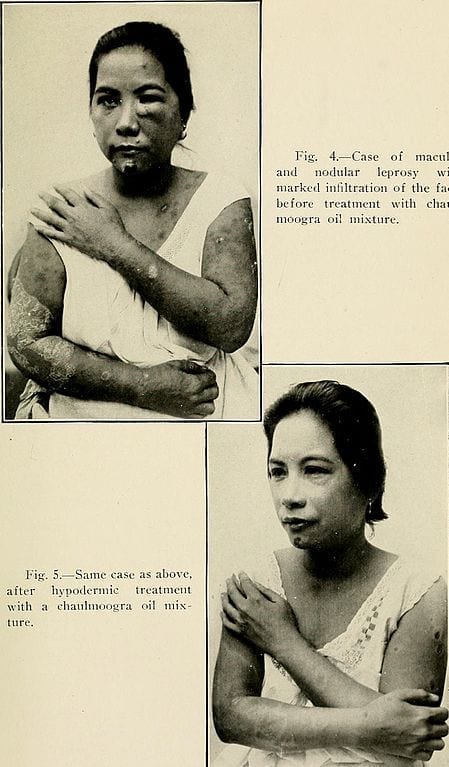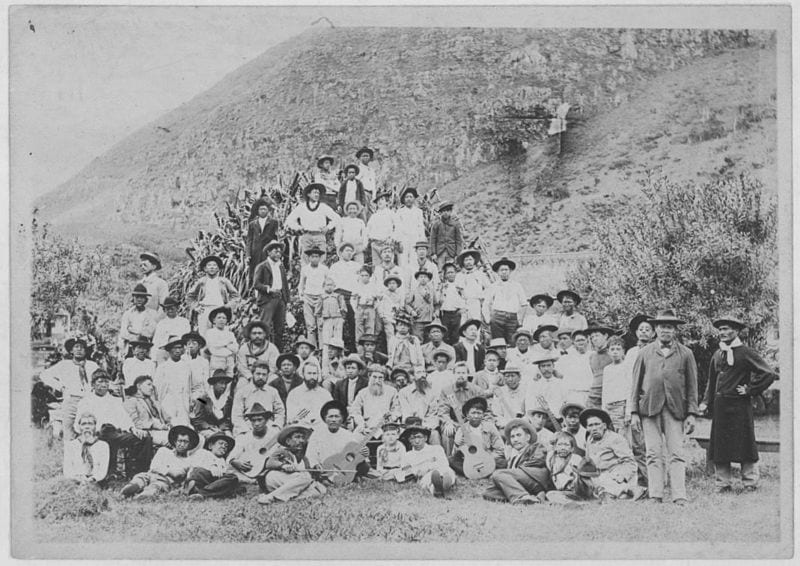IllmaticDelta
Veteran

Alexa Irene Canady (born November 7, 1950)
(born November 7, 1950) is a retired American medical doctor specializing in pediatric neurosurgery. She was born in Lansing, Michigan and earned both her bachelors and medical degree from the University of Michigan. After completing her residency at the University of Minnesota in 1981, she became the first black woman to become a neurosurgeon.[1] This came after the first American woman was board certified in neurosurgery in 1960.[2]
Canady specialized in pediatric neurosurgery and was the chief of neurosurgery at the Children's Hospital in Michigan from 1987 until her partial retirement in 2001. In addition to surgery, she also conducted research and was a professor of neurosurgery at Wayne State University. After her retirement, she moved to Florida and maintained a part-time practice at Pensacola's Sacred Heart Hospital until her full retirement in January 2012. In 1989, Canady was inducted into the Michigan Women's Hall of Fame, and in 1993 she also received the American Medical Women's Association President's Award. Dr. Canady was known amongst her peers as a patient-focused surgeon who cared deeply about each of her patients.[3]
Career and research
In 1982, after finishing residency, Dr. Canady decided to specialize as a pediatric neurosurgeon, becoming the first African-American and the first woman to do so. She chose pediatrics because of her love of the children in the pediatric ward during her residency stating “it never ceased to amaze me how happy the children were”. As a patient-focused surgeon, she was known to play videogames with her pediatric patients and form relationships with each patient.[3]
She started practicing for a short time at the Henry Ford Hospital before going to work at the Children's Hospital of Michigan.[10] She then became the first African-American woman to be a board-certified Neurosurgeon in 1984.[11] She became Chief of Neurosurgery at the Children's Hospital of Michigan in 1987 and held the position until her partial retirement in 2001. During her time as Chief, she specialized in congenital spinal abnormalities, hydrocephalus, trauma and brain tumors.[12] She conducted research and published an article about the effectiveness of the treatment for hydrocephalus that were available in 2001. While initially she was worried about how she would be received by her peers, she quickly gained admiration for being a patient-care focused surgeon. In a recent interview she stated, “It’s fun to make people better”.[13]
During her years at the Children's Hospital of Michigan, Dr. Canady also continued research with Wayne State University. She served as a Professor of Neurosurgery there as well.[5] Her work and accomplishments have opened the door for many surgeons of all races and genders. From 2001 to her retirement in 2012, Dr. Canady worked as a part-time surgeon and consultant at Sacred Heart Hospital in Pensacola, Fl.[11] After moving to Pensacola, Dr. Canady initially considered herself retired. However, after meeting local doctors and realizing the need for a pediatric neurosurgeon in the area, Dr. Canady decided to join the staff at Sacred Heart Hospital, working part-time.[9] In addition to her career as a surgeon, Dr. Canady continued to do research with Wayne State University. This research would eventually lead to the development of an antisiphon shunt that helps to treat hydrocephalus.[14] In a recent interview on why she thinks students should choose neurosurgery she states, "It's intellectually challenging, you get kind of a high when everybody says 'ah, the neurosurgeon is here'". Dr. Canady continues to be both an advocate for her profession as well as diversity in medicine.[13]
















